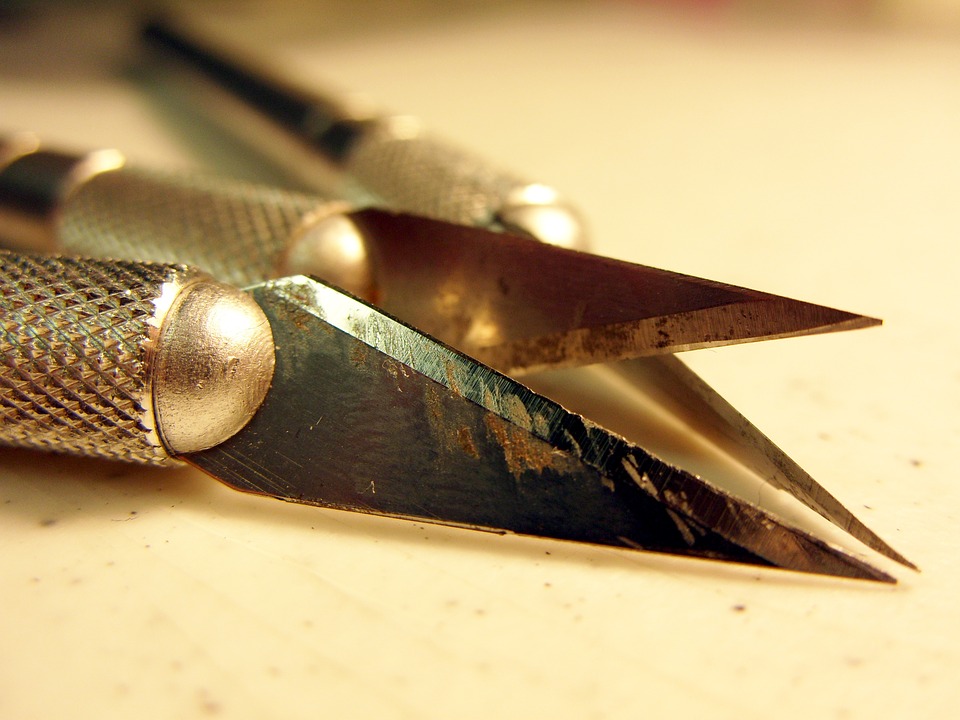Research published in Frontiers in Pharmacology shows that cannabidiol (CBD) can attenuate pain caused by incisions, such as in surgical procedures. CBD clinical trials for pain are vital for future research…
The study, conducted at the University of Sao Paulo, Brazil, investigated the effect of CBD administered either into the body or directly into the brain of rats using a postoperative pain model. Significant pain relief was found, serving as a valuable step along the way to expanding the medical uses of CBD.
Pain is complex, involving many regions of the brain and with a distinct emotional aspect, too: persistent pain is frequently accompanied by negative emotions such as anxiety. The structure studied in this research, the rostral anterior cingulate cortex (rACC), has long been known for its role in pain, as well as stress, anxiety and reward. Neurons of the ACC connect many different pain regions of the brain, and lesions to it have been shown to suppress the emotional reactions to persistent pain. It is likely this complex, multidimensional nature of pain that makes the treatment of persistent pain such a challenge.
The Endocannabinoid System
The endocannabinoid (eCB, those cannabinoids produced by the body) system regulates a broad range of physiological processes and has received significant attention as a target for pain management. Specifically, it is enriched in some of those brain regions that the ACC connects to. However, the role of endocannabinoids is limited by rapid removal and breakdown by enzymes. In contrast, phytocannabinoids (cannabinoids produced by plants) and drugs that prevent the eCB system from being inactivated have been shown, in rats, to enhance the role of cannabinoids in pain, inflammation, anxiety and depression. With minimal effects on movement or behaviour, this makes the eCB system an especially attractive target.
Cannabidiol, CBD, does not interact very strongly with the cannabinoid receptors, instead enhancing signalling of the eCB system, helping to prevent its inactivation. Given this, along with the broad role of eCB and studies suggesting CBD to be safe and well tolerated, it could be a promising strategy for not just pain but other conditions, such as inflammatory diseases or depression (inhibitors of an enzyme that breaks down eCB have been shown to have antidepressant-like effects in mice). Unsurprisingly, pain relief produces a rewarding emotional state, whilst post-operative pain can induce an anxiety-like behaviour that can last longer than the pain itself.
The Study
The research, led by Prof. William A. Prado, focuses on the alleviation of pain when CBD is administered either systemically into the body or intracerebrally directly to the rACC.
Two groups of rats were used: the first received a 1 cm surgical incision into the muscle of their hind paw and the skin sutured, whilst the second was a sham control group who had their skin cut and stitched without the muscle wound. Mechanical pain was tested by applying pressure to this paw and determining how much pressure it took until they removed their paw.
For the systemic group, a bell-shaped dose response curve was observed, the doses ranging 0.3-30 mg/kg. Pain alleviation was highest after one hour for the 3 and 10 mg/kg doses and lasted at least 2.5 hours at 3 mg/kg, with more force required for the animal to remove its paw. The lower and higher doses, 0.3 and 30 mg/kg, respectively, had no significant effect on pain.
For the intracerebral group, pain reduction began after 20 minutes but reached its peak 1.5 hours after the highest dose, 40 nmol/µL. The intracerebral group did not display a bell-shaped dose response. For both methods, the optimum dose of CBD produced pain relief that allowed the rats to experience pressure on the incision 1.5-2 times that of a placebo group. The pain threshold for a paw that had no incision did not change in either method of administering the drug, and CBD had no effect on the rat withdrawing its paw for the sham group.
More Research
Another test, called the conditional place preference (CPP), assessed whether each rat chose the environment in which it experienced CBD pain relief or the environment in which it experienced pain relief by the anaesthetic lidocaine, and also their preference for CBD alone. The rats were given free reign to wander around a box with two distinct chambers, and the chamber they preferred was noted.
The next day they were injected with either differing doses of CBD or a control substance, and after one hour received a placebo saline injection in the same leg as the incision before spending 30 minutes in the chamber they had preferred. Four hours later, they received an injection of lidocaine in the same leg and were placed in the alternative chamber for 30 minutes. The following day, each rat roamed for 15 minutes and whichever chamber they preferred was noted, confirming whether the rats experienced pain alleviation and related it to the place in which they received this relief.
The results showed that systemically-administered CBD at 1-3 mg/kg produced pain relief. The lower doses reduced the preference displayed with lidocaine – the preference for lidocaine confirming that the rat was still in pain – and higher doses (3 mg/kg) inverted this. Neither the control group (no CBD) nor the sham (without the muscle incision) group presented a significant preference.
Low doses (5 nmol/25 µL) of rACC-administered CBD reduced the preference shown with lidocaine, whilst high doses (40 nmol/25 µL) inverted this. The pain itself was reduced only with the higher dose, and the low dose had no effect on pain in the injured rats one hour after injection.
Interestingly, they showed for the first time that sub-therapeutic doses of CBD that did not alleviate pain still resulted in a preference displayed by the incised rats, but not the sham rats. When the sham rats received a higher dose, it still did not evoke a preference. Since a dose of CBD that is not rewarding in sham rats becomes rewarding in injured rats, this is presumably due to pain relief.
A Look At Older Clinical Research
Similar research published in 2015 showed that systemic administration of morphine at doses that did not reverse pain did induce a preference in the test group of rats but not sham rats, while higher doses that produced full reversal of pain elicited CPP in both the test and the sham rats.
Studies have found an anti-anxiety effect of CBD and a critical modulatory role of the ACC in the effects of CBD, and lesions of the rACC eliminate an aversiveness to spontaneous neuropathic pain. The researchers here suspect that CBD could decrease rACC activity, in line with the anti-anxiety effect in humans correlated with decreased activation of the ACC, though further studies are needed to investigate the effects of CBD on other brain structures involved in spontaneous post-operative pain.
CBD has no intrinsic activity on CB1 or CB2 receptors, though it does have a partial antagonistic effect against these and is an agonist at the 5-HT1A serotonin receptor and TRPV1, a receptor involved in sensing pain. Whatever the mechanisms, this research suggests that CBD acts to reduce the role of the rACC in sensing pain, reducing an aversion to ongoing pain at low doses and reducing mechanical pain at high doses.
However, the analgesic properties of CBD remain controversial: whilst some studies under certain conditions have found no effect for oral CBD at concentrations ranging 20-320 mg/kg on pain, others found 0.1 mg/kg to be effective. Whilst these findings may not be enough to indicate CBD for the management of ongoing pain, the authors argue that a similarity to the effects of low doses of CBD and morphine strengthen the case for combining these drugs as therapy for post-operative pain.
At the least, since CBD acts at brain regions that contribute to pain suppression, presumably by reducing the distress that accompanies pain, it remains quite possible that CBD has value beyond literal pain alleviation and could eliminate or attenuate the negative emotions that accompany persistent pain, offering relief for many.
(Original Author Credit: Samuel Cronin – Cannatech.News – July 21, 2017)
[Image Credit- Pixabay]








